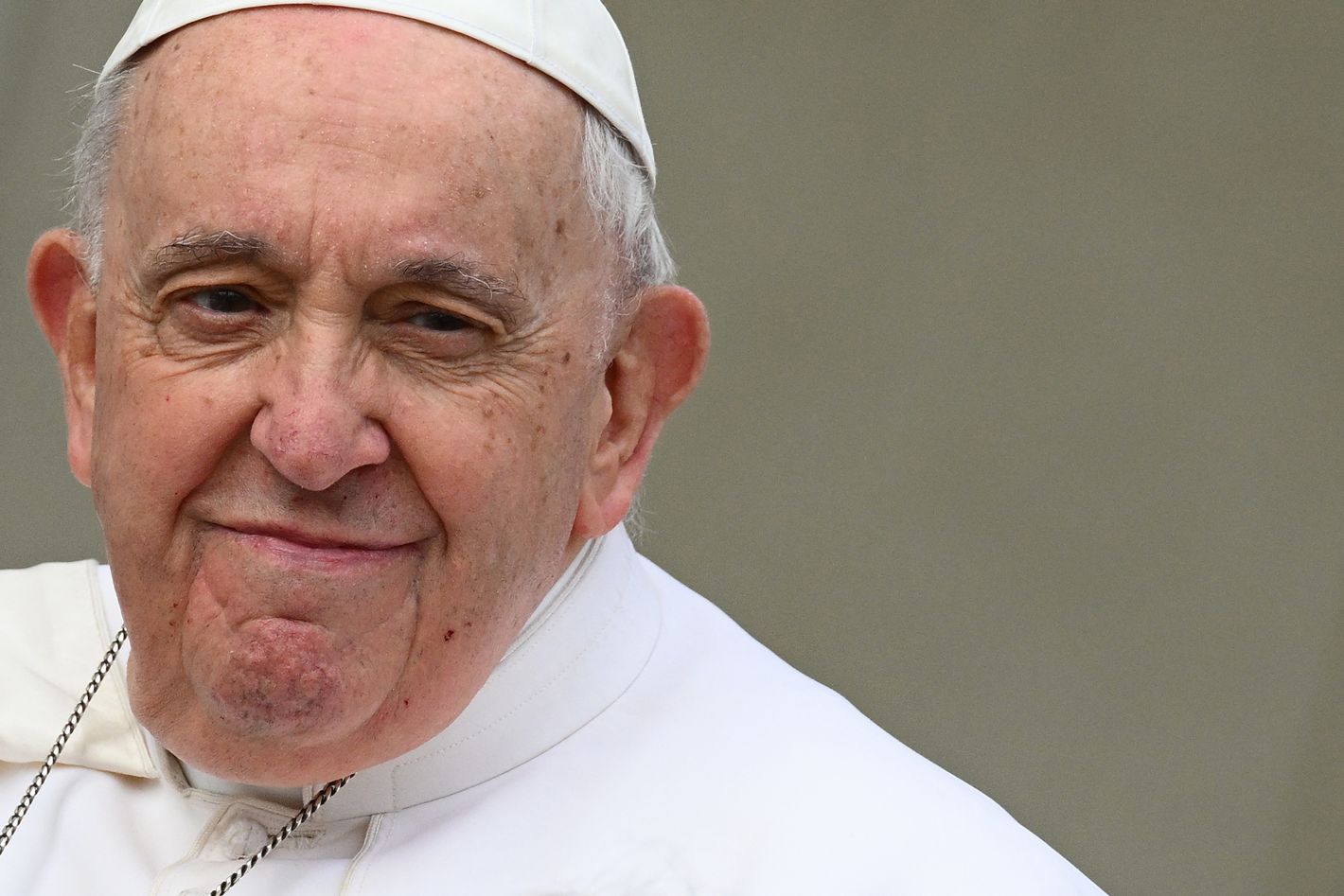AFP via Getty Images
Jorge Mario Bergoglio, an Argentinian son of Italian immigrants who became Pope Francis, turned out to be a consistently surprising pontiff who forced his Roman Catholic Church to look beyond its ancient European roots and rethink its priorities, challenging traditionalists without significantly changing orthodox doctrines. His death at 88 (the second oldest man to serve as pope) leaves his church at a crossroads with multiple paths ahead. His election in 2013 after the highly unexpected decision by Benedict XVI, the long-time Vatican doctrinal enforcer Joseph Ratzinger, to retire before death was a mild upset that attracted a great deal of attention as he was the first pope from the global South and the first non-European to rule the Holy See since the 8th century.
Chosen in part as a quiet pastoral presence at a time when the Church had been wracked by sexual abuse and financial scandals, Francis turned out to be an unconventional shepherd of the faithful with strong views on global poverty, climate change and compassion for immigrants and refugees, to the regular dismay of conservatives, especially in the United States. Just as significantly, he regularly insisted on more charitable attitudes towards those previously excluded from full participation in the Church, including LGBTQ folk, the divorced, and women. In the first year of his pontificate, he turned many heads by saying: “If a person is gay and seeks God and has good will, who am I to judge?” In 2016 he issued an encyclical that challenged the Catholic clergy to find ways to offer both consolation and in some cases the sacraments to people in “irregular” relationships.
But while Francis exhibited the intellectual curiosity characteristic of the Jesuit religious order to which he belonged, and emphasized a loving spirit, he bent but did not break doctrinal orthodoxy. Those who hoped he would pave a path to ordination of women, full acceptance of gay or divorced Catholics, an end to clerical celibacy, or a reversal of Church teachings on abortion or contraception, were regularly disappointed. But Francis may have opened doors once firmly closed to future consideration of such new departures in doctrine.
A lot will depend on the identity of his successor. But one of the under-appreciated aspects of the gerontocracy represented by the College of Cardinals that elects popes is that any pope who reigns for more than a few years will have the opportunity to reshape that body, as the Jesuit magazine America noted last autumn:
For the 10th time, Pope Francis has appointed a new crop of cardinals, meaning that he has appointed about 80 percent of the cardinals who will elect the next pope….
Of the 141 cardinals under 80 years of age [those eligible to vote in papal elections] after the Dec. 8 consistory, 111 will have been appointed by Francis, 24 by Pope Benedict XVI and six by Pope John Paul II….
Francis has revolutionized the College of Cardinals by passing over large archdioceses like Los Angeles, Venice and Milan in favor of picking men from the peripheries who reflect his pastoral orientation and concern for the poor….
For the first time in history, a majority of the cardinals at the next conclave will be from outside of Europe, quite a change from the conclave that elected Pius XII in 1939, which was 89 percent European.
While Francis has definitely put his stamp on church leadership and significantly increased its diversity, he has been less concerned about doctrinal conformity, placing both “progressives” and “traditionalists” (somewhat imprecise terms when it comes to cardinals, to be sure) in influential positions and making the election to succeed him more than a bit mysterious, aside from the secrecy surrounding every conclave. But the tensions that could arise during those deliberations (which will be familiar to the many viewers of the perfectly timed blockbuster film Conclave) may be very real and quite complex. Francis’s successor could easily be an African or Asian cardinal who is a traditionalist on church doctrine but even more combative than Francis towards the anti-refugee sentiments driving American and European politics lately. Or we could see a return of the pontificate to the Italians who occupied the papacy for centuries but not since 1978. The next pope could be a protege of Francis, or someone inclined to turn back clocks. It would probably amuse Francis to know that the audience for the next conclave could be vastly expanded beyond the crowds thronging St. Peter’s Square looking for a glimpse of white smoke to indicate that “we have a new Pope”–partly thanks to Hollywood, and partly thanks to his own penchant for the occasional holy surprise.

